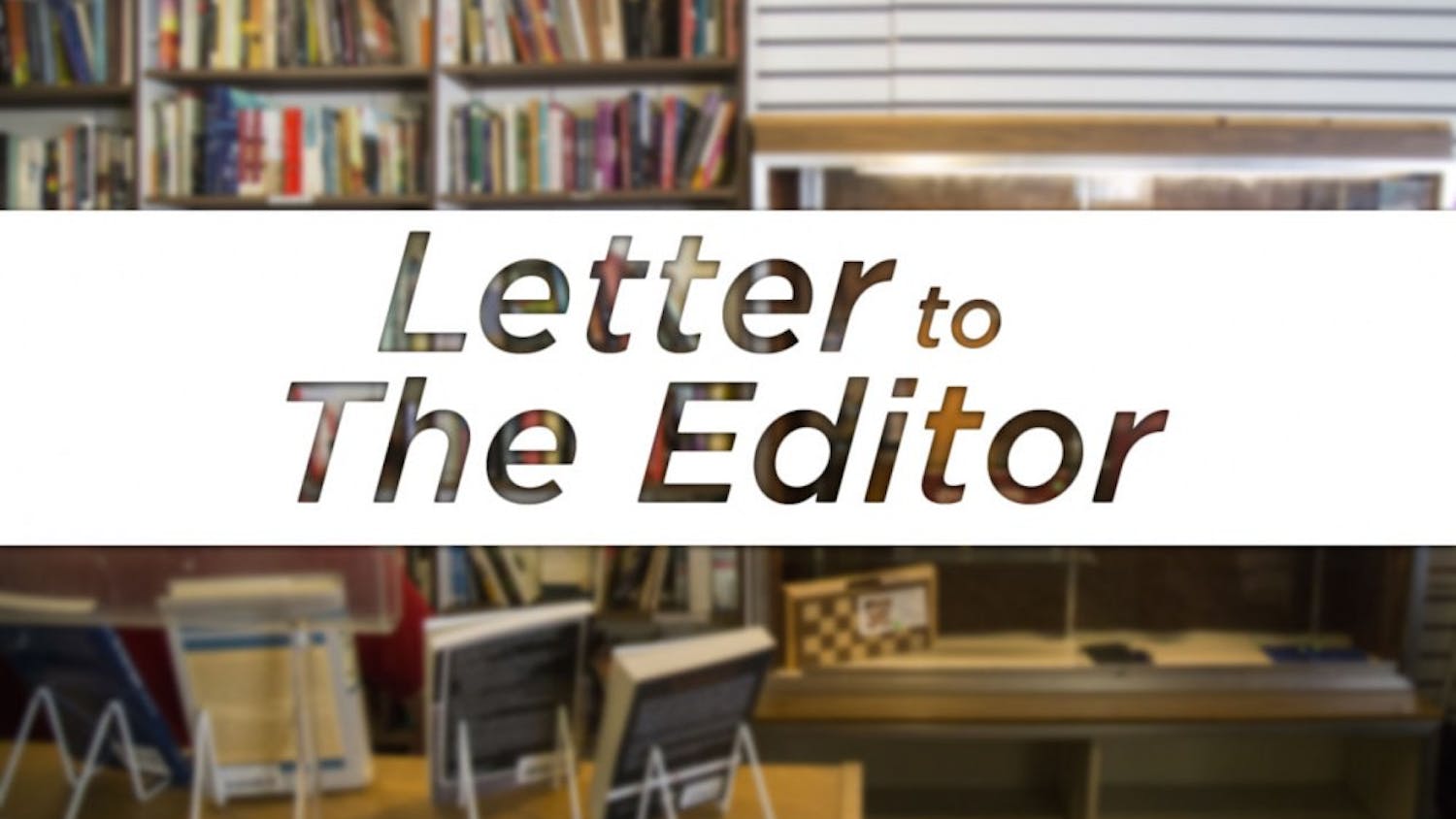Copyright was created to help creators by protecting their original creative works and prevent others from unfairly profiting off them. The protection would last for a set number of years before the work would expire and enter the public domain. There, it would become part of the public's cultural heritage and be free to use and rework for anyone that wanted to, thus keeping the work alive through reinvention. However, what was once a good law meant to help creators has been warped into a weapon to stifle them.
The laws of the early 1900s had copyright last 28 years with a potential renewal of 28 years, meaning any film, novel, art or the like would be available for public use after a max of 56 years. Then in 1976, when Mickey Mouse was nearing the end of his copyright term, Disney successfully lobbied to extend copyright to be the creator’s life plus 50 years. Fair enough, that allowed for a creator and their family to garner income before the work became free to use by the public.
Then when 1998 rolled around and Mickey Mouse’s new 2003 expiration was getting closer, Disney yet again lobbied to extend copyright to be a whopping 70 years after a creator’s death, and in some cases 95 to120 years after a work’s creation. This extension, dubbed “The Mickey Mouse Protection Act” by critics, benefits big corporations unwilling to let their cash cows be available for anyone to use but has devastated the average creator that copyright was meant to protect.
Now, the Orwell foundation can threaten people selling shirts with “1984” for so-called copyright infringement. The Chronicles of Narnia film series is public domain in Canada but protected until 2045 in the United States. Almost 60 years after The Catcher in the Rye was published, the author can sue a fanfiction writer wishing to reinvent the angsty main character as an old man. Unraveling the copyright status of H.P. Lovecraft’s works would drive Cthulhu himself insane, with some stories being both copyrighted but public domain and several monsters allegedly having their names in the public domain but their physical descriptions copyrighted.
These restrictive measures not only thwart creative expression but cripple the property itself. Accessibility leads to exposure, and it’s no wonder that the most iconic fictional icons are public domain. Even if you haven’t read the original stories, everyone knows Dracula, Frankenstein, Little Red Riding Hood and the Three Bears because they are public domain and shoved in our faces as plushies, children’s books, films and more. They became part of our culture as people expanded on these free-to-use properties.
Ironically, Disney’s most profitable franchises like Snow White, The Little Mermaid, Sleeping Beauty and more were taken from the public domain. It’s time copyright laws step back and let other properties be fair game for the little creators to use, not just big companies.
Charlene Pepiot is a junior studying English at Ohio University. Please note that the views and opinions of the columnists do not reflect those of The Post. Want to talk more about it? Let Charlene know by emailing her @cp872117@ohio.edu.





